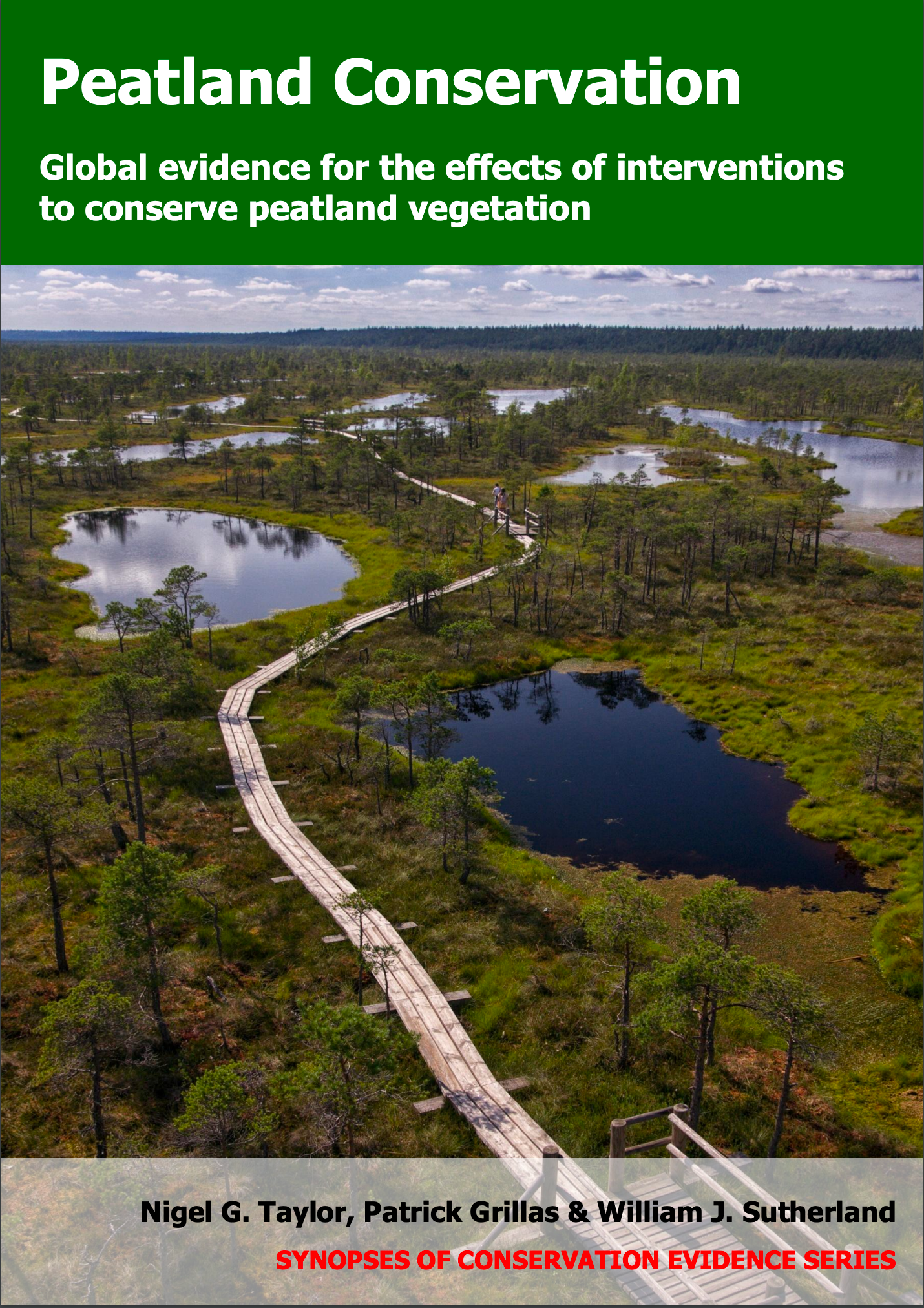Exclude wild herbivores using physical barriers
-
Overall effectiveness category Unknown effectiveness (limited evidence)
-
Number of studies: 1
View assessment score
Hide assessment score
How is the evidence assessed?
-
Effectiveness
30% -
Certainty
25% -
Harms
10%
Study locations
Supporting evidence from individual studies
A replicated, paired, controlled study in 2004–2007 in a degraded fen meadow in Poland (Klimkowska et al. 2010) found that the effect of fencing (to exclude wild herbivores) on vegetation depended on other treatments applied to plots: hay addition and topsoil stripping. This was true for plant species richness, vascular plant cover, moss cover and vegetation biomass (reported as statistical model results). For example, amongst areas stripped of 20 cm of topsoil, fencing increased plant species richness if hay was not added, but reduced richness if hay was added. These comparisons were not tested for statistical significance. In 2004, eight pairs of plots (8 x 16 m) were established in a drained fen meadow grazed by wild boar and deer. Eight plots (one plot/pair) were fenced to exclude these herbivores. The other plots were not fenced. Additionally, all plots were stripped of topsoil (20 or 40 cm deep), and parts of each plot were sown with hay from a nearby fen meadow (details not clear). Vegetation cover and plant species were recorded annually between 2004 (after stripping and fencing) and 2007. Total vegetation biomass was measured from clippings taken in August 2006–2007.
Study and other actions tested
Where has this evidence come from?
List of journals searched by synopsis
All the journals searched for all synopses
This Action forms part of the Action Synopsis:
Peatland Conservation
Peatland Conservation - Published 2018
Peatland Conservation





)_2023.JPG)














